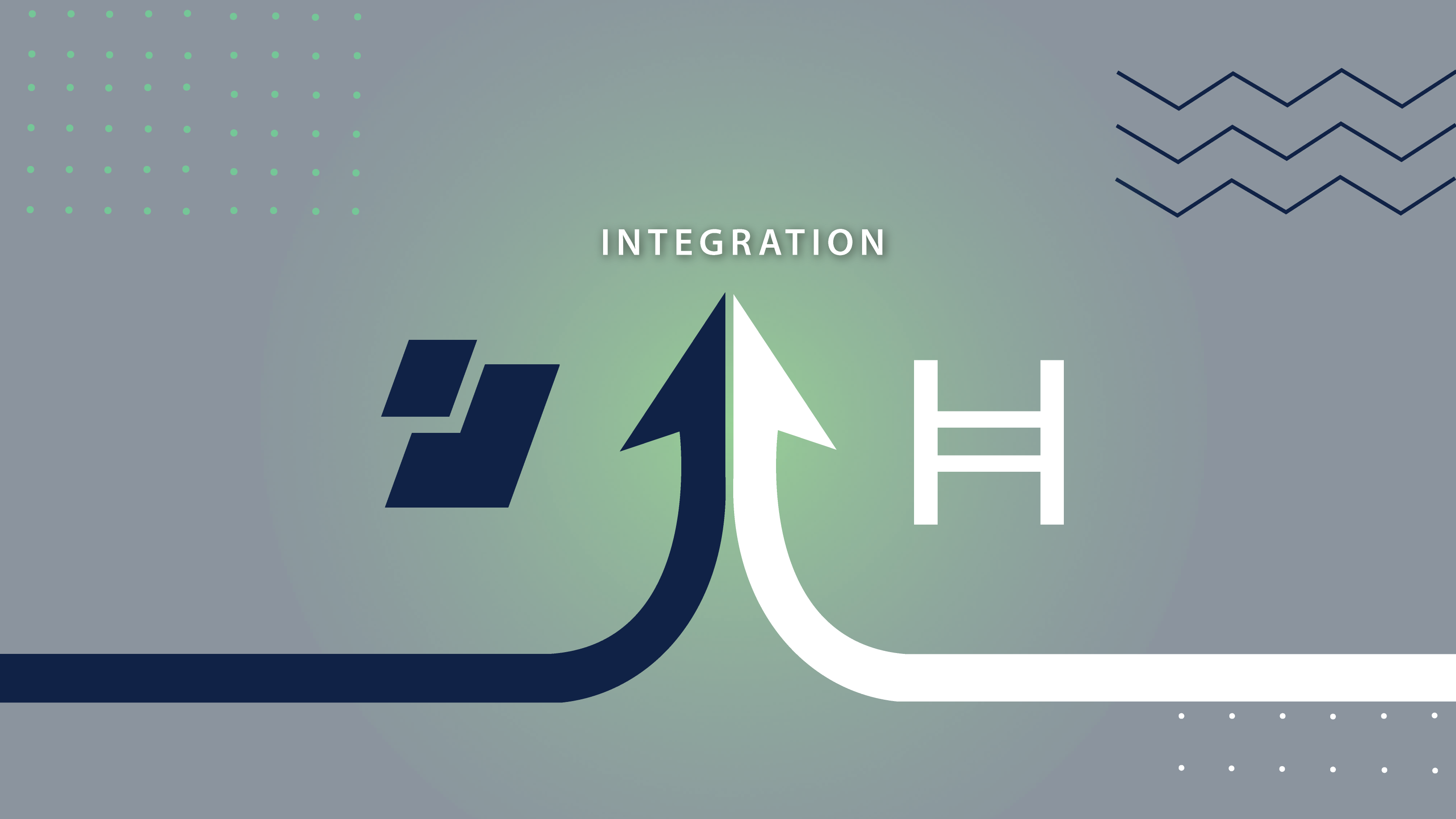In the latest release of Edge, we’ve added support for Hedera Hashgraph (HBAR). On the decision to integrate the Hedera protocol, CEO and Co-Founder of Edge, Paul Puey, said:
“I am excited to work with the team at Hedera as I see them pushing the limits of cryptocurrency scalability, and the crypto ecosystem as a whole will benefit from the insights gained from their unique DAG architecture.”
With our integration of multiple exchange partners, it’s entirely seamless to purchase, send, and receive HBAR. In fact, it’s just a few clicks and confirmations away on any mobile device.
The integration of HBAR in Edge comes after a strong increase in Hededra network activity as of late, after news that the Indian Institute of Technology Madras (IITM) joined Hedera’s Governing Council. This persistent flow of good news has helped Hedera fill 23 of the 39 seats available on the council.
The IITM is recognized as one of the top schools in the world, and plans to use the position to further drive blockchain research and development.
What is the Hedera Governing Council?
Hedera’s Governing Council consists of up to 39 rotating members, each running an initial network node of the Hedera public ledger. According to Hedera’s official explanation on the Governing Council:
“The Hedera Governing Council consists of up to 39 term-limited and highly diversified organizations and enterprises, reflecting up to 11 unique sectors, academia, and non-profits globally. Council members are committed to governing software changes, while bringing stability and continued decentralization to the public network.”
According to Hedera’s Council Overview, the current membership includes well known names such as IBM, the London School of Economics, and Google. Spaces are filling up, but it’s not too late to request to join.
Council members are committed to governing software changes, while promoting stability and maintaining the decentralization of the network. Members of the Governing Council serve 3-year terms, with up to 2 consecutive terms, and have an equal vote in the direction of software development. Critical decisions require unanimous council support. The software platform Swirlds, which created the innovative hashgraph algorithm, enjoys a permanent seat on the council, and after the initial 39 members are selected, the council’s Membership Committee will choose their replacements. The governance model is designed to ensure the Governing Council is incentivized to do what’s best for the Hedera network, as no single organization controls decisions.
It’s not a Blockchain. It’s a Hashgraph.
Hashgraph is a patented algorithm where all network nodes are in constant communication. To ensure agreement on the transaction history of the network, the consensus mechanism is powered by two types of nodes — consensus nodes and mirror nodes. Consensus nodes determine transaction ordering and history, while mirror nodes relay this information to other stakeholders throughout the network.
This technicality is what makes Hedera unique and intriguing. HBAR functions on a distributed ledger, similar to a blockchain. But the distribution of this ledger has fundamental structural differences; the data is not bundled in blocks.
So, while it serves a similar network function and has similar goals with respect to finality, it’s not technically a blockchain. The consensus mechanism is designed with the intention of achieving faster transaction settlement and more carbon neutral outputs than other blockchain ledgers.
A hashgraph architecture is called a directed acyclic graph (DAG). It uses a gossip protocol, sometimes called an epidemic protocol, to proliferate information through the network somewhat randomly, as a virus would. According to Hedera’s official explanation on the gossip protocol:
“Alice will choose another member [node] at random, such as Bob, and then Alice will tell Bob all of the information she knows so far. Alice then repeats with a different random member. Bob repeatedly does the same, and all other members do the same. In this way, if a single member becomes aware of new information, it will spread exponentially faster through the community until every member is aware of it.”
Create your HBAR wallet in a matter of seconds
Unlike other networks such as BTC and ETH, HBAR requires an activation payment to be made to the network. Given that network nodes retain a record of all addresses in the HBAR ecosystem, activation payments are made to prevent spam address accumulation.
HBAR wallets in Edge can be activated in 6 simple steps:
1. On the Wallets screen in Edge, tap “Add Wallet”
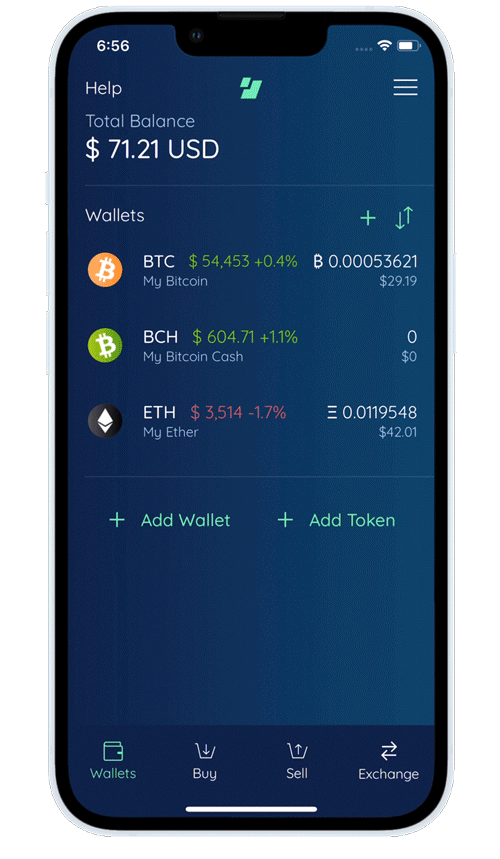

2. Choose Hedera as your wallet type
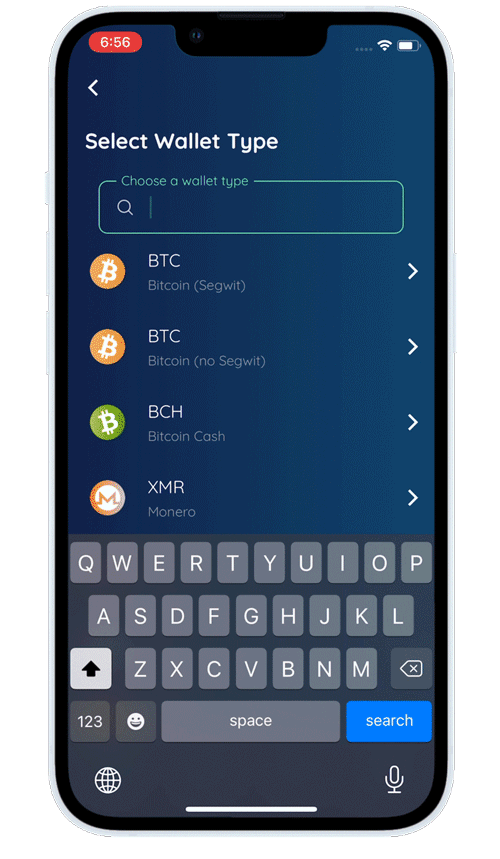

3. Specify the fiat currency denomination of your wallet
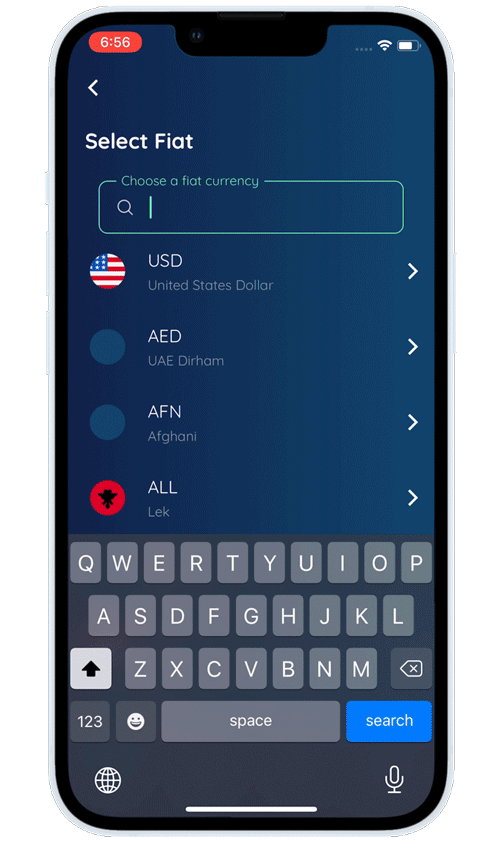

4. Name your wallet

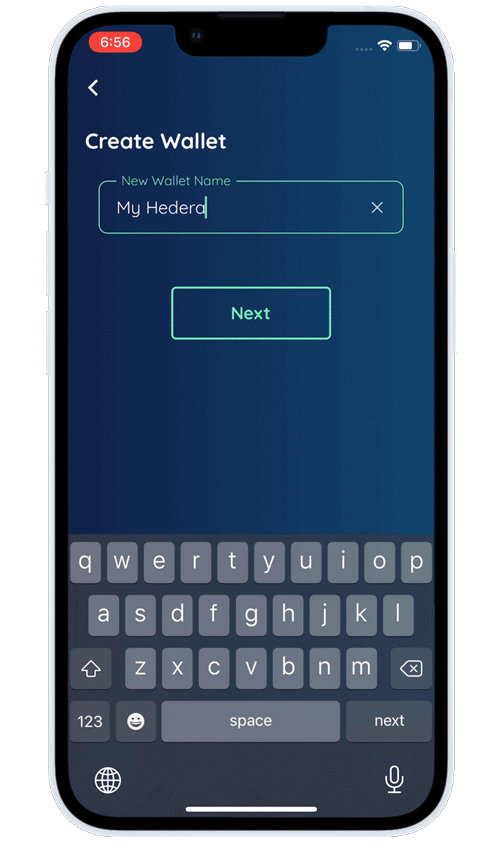
5. Select a wallet in your Edge account to use for making the activation payment to the HBAR network
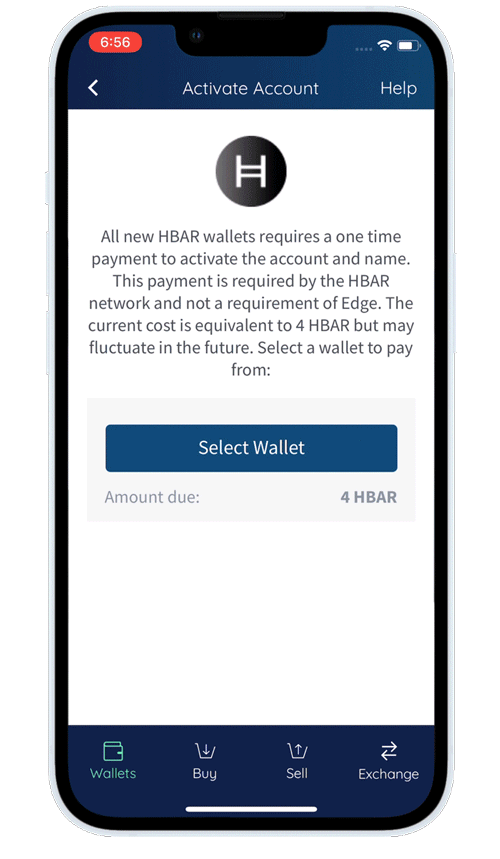
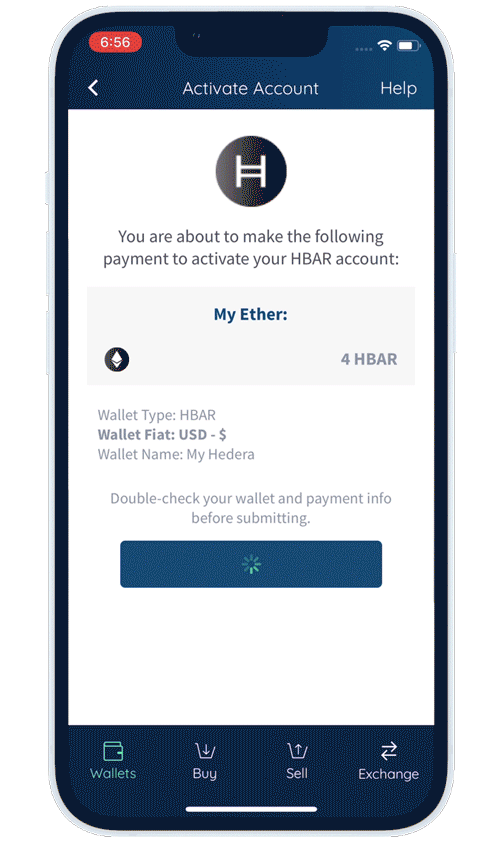
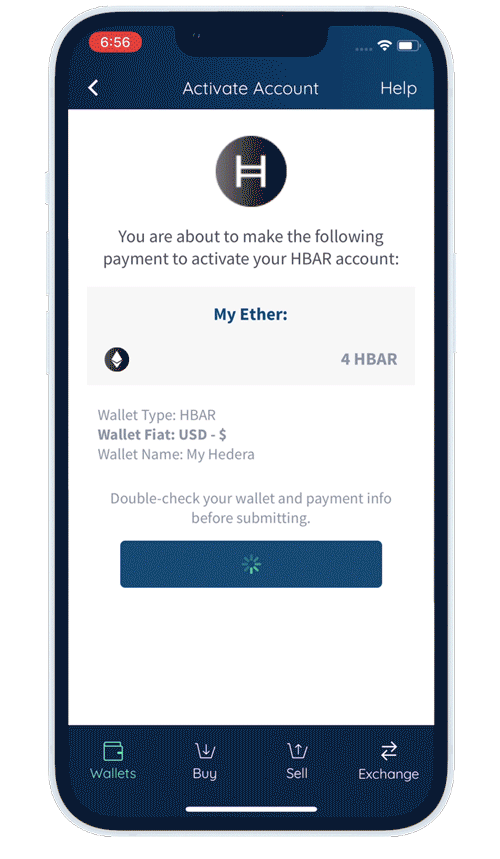
Want to participate in the network? Try Edge today!
With seamless wallet creation and readily available exchange integrations, all inside of an easy to use self-custody application, Edge has now introduced another platform for Hedera users to participate in the network. On the expansion of the Hedera ecosystem into Edge, the Hedera Foundation’s Chief Marketing Officer, Christian Hasker, says:
“It is great to see the continued expansion of the Hedera ecosystem with this latest integration by Edge. The Hedera developer community is excited for the support for HBAR by Edge, which provides an intuitive and secure user experience.”
Edge was designed to be easy enough for the everyday user, while including functionality even advanced enthusiasts appreciate. We’re excited to be supporting the Hedera ecosystem as the network implements and tests out innovative consensus mechanisms, helping to propel the whole crypto ecosystem forward.
For those interested in using the Hedera protocol in Edge, click here. To stay up to date with Edge company announcements and the latest happenings in crypto news, be sure to sign up for our newsletter below.
